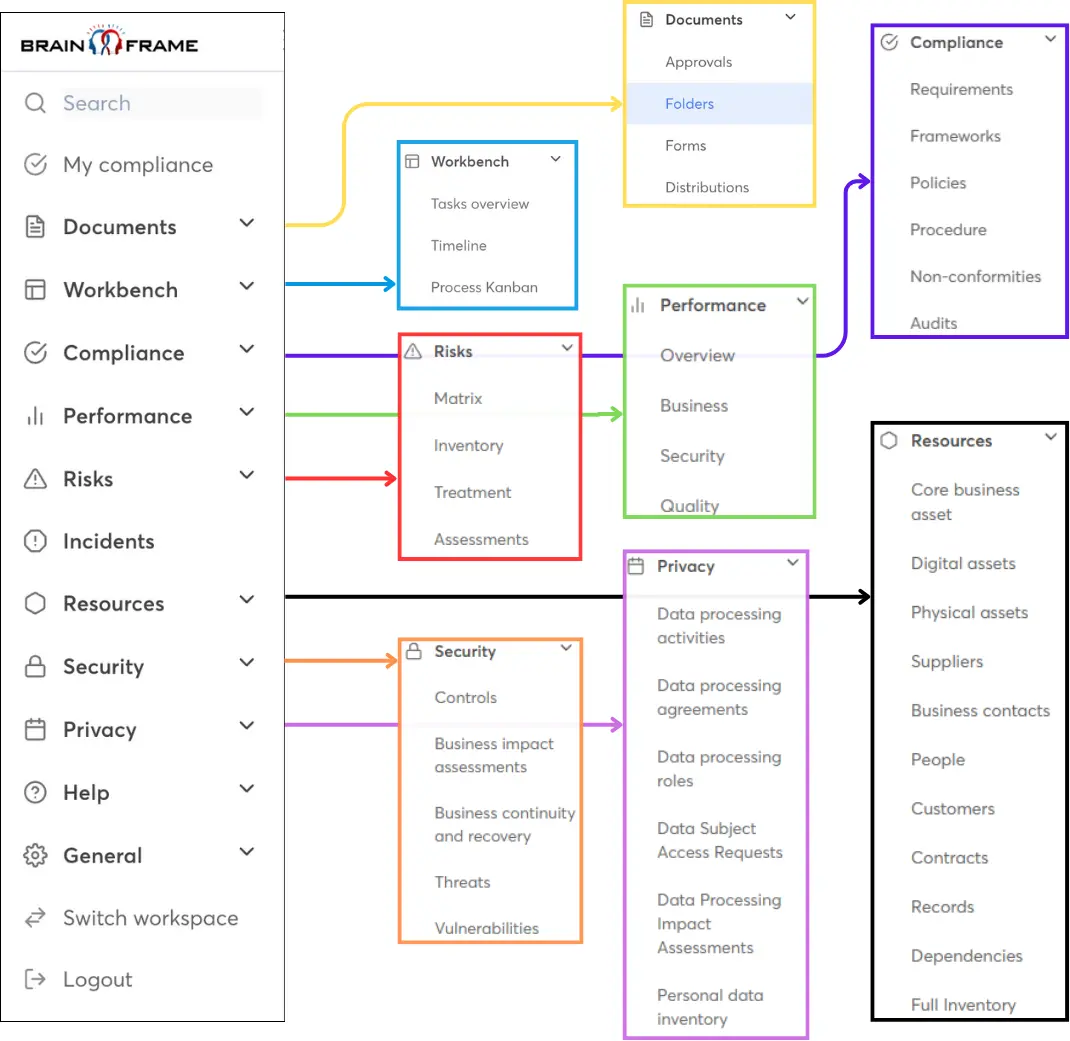Introduction
In today’s fast-paced and interconnected world, disruptions to business operations can have far-reaching consequences. Whether it’s a cyberattack, natural disaster, or system failure, the ability to quickly respond and recover is essential for maintaining business continuity. To achieve this, organizations must implement a comprehensive approach that includes an Incident Response Plan (IRP), Business Continuity Plan (BCP), and Disaster Recovery Plan (DRP). These plans work together to ensure that an organization can withstand disruptions, protect critical assets, and maintain operations.
Incident Response Plan (IRP)
The Incident Response Plan (IRP) is a structured approach to handling and managing incidents, particularly those that have the potential to disrupt business operations, such as security breaches or data leaks.
- Purpose: The IRP is designed to identify, contain, and mitigate incidents quickly to minimize damage and restore normal operations as soon as possible.
- Key Components:
- Identification: Detect and identify incidents that could harm the organization.
- Containment: Take immediate steps to contain the impact of the incident.
- Eradication and Recovery: Address the root cause of the incident and recover affected systems.
- Post-Incident Review: Analyze the incident to prevent future occurrences.-
- Example: If a ransomware attack is detected, the IRP would guide the organization in isolating affected systems, communicating with stakeholders, and restoring data from backups.
Business Continuity Plan (BCP)
The Business Continuity Plan (BCP) outlines strategies and procedures to ensure that essential business functions continue during and after a significant disruption.
- Purpose: The BCP focuses on maintaining business operations, even in adverse situations, by identifying critical processes, resources, and personnel.
- Key Components:
- Business Impact Analysis (BIA): Identify critical business functions and assess the impact of potential disruptions.
- Continuity Strategies: Develop strategies to maintain operations, such as relocating staff or leveraging backup systems.
- Communication Plan: Ensure clear communication with stakeholders, employees, and customers during a disruption.
- Testing and Exercises: Regularly test the BCP through drills and simulations to ensure effectiveness.
- Example: A retail company might implement a BCP that includes relocating operations to a secondary site if its primary location becomes inaccessible due to a natural disaster.
Disaster Recovery Plan (DRP)
The Disaster Recovery Plan (DRP) is a critical component of business continuity that focuses on restoring IT systems and data after a disaster.
- Purpose: The DRP ensures that technological infrastructure and data can be recovered quickly to minimize downtime and data loss.
- Key Components:
- Data Backups: Regularly back up data to secure locations.
- Recovery Strategies: Define specific recovery objectives, such as Recovery Time Objective (RTO) and Recovery Point Objective (RPO).
- Testing and Validation: Regularly test the recovery procedures to ensure they work effectively when needed.
- Vendor Management: Coordinate with third-party service providers to ensure they meet recovery requirements.
- Example: In the event of a data center failure, the DRP would guide the IT team in restoring critical systems from backups and rerouting operations to an alternate data center.
How IRP, BCP, and DRP Work Together
- Business Continuity Plan (BCP): Ensures that critical business functions continue during and after the incident, regardless of the disruption's nature.
- Disaster Recovery Plan (DRP): Focuses on restoring IT systems and data, which is essential for supporting ongoing business operations.
- Incident Response Plan (IRP): Provides a structured approach for detecting, responding to, and recovering from security incidents, minimizing the impact on business operations and safeguarding organizational assets.
These plans are different but complementary. For instance, the IRP may trigger actions that are part of the BCP, such as activating backup operations. Similarly, the DRP supports the BCP by ensuring that the technological infrastructure required to sustain business functions is quickly restored.
Examples of How They Work Together
- Scenario: Ransomware Attack:
- IRP: Detects the attack, isolates the affected systems, and communicates with stakeholders.
- BCP: Ensures that critical business functions, such as customer service, continue using alternative methods while IT works on resolving the issue.
- DRP: Restores encrypted data from backups and rebuilds affected systems.
- Scenario: Natural Disaster (e.g., Flooding):
- IRP: Identifies the threat and triggers the evacuation of staff and relocation of critical assets.
- BCP: Activates a secondary business location and reroutes essential operations to maintain services to customers.
- DRP: Restores data and IT infrastructure in the new location, ensuring minimal downtime and loss of information.
Testing and Exercising the Plans
Regular testing and exercising of the IRP, BCP, and DRP are crucial to ensure their effectiveness:
- Tabletop Exercises: Simulate incidents and walk through the response steps with key stakeholders to identify any gaps or weaknesses.
- Full-Scale Drills: Conduct realistic simulations that involve activating and executing the plans to ensure they work as intended in real-life scenarios.
- Post-Test Reviews: After exercises or real incidents, review the plans' effectiveness and update them based on lessons learned.
Why Testing Is Important
Testing these plans is vital to uncover any flaws or oversights before a real disruption occurs. It also helps familiarize staff with their roles and responsibilities, ensuring a coordinated response during an actual event. Effective testing can reveal potential weaknesses in communication, coordination, or resource allocation, allowing the organization to address them proactively.
Conclusion
A robust business continuity strategy requires the integration of an Incident Response Plan (IRP), a Business Continuity Plan (BCP), and a Disaster Recovery Plan (DRP). Together, these plans ensure that an organization can respond to incidents swiftly, maintain essential operations, and recover critical systems and data. Regular testing and updates to these plans are necessary to keep them effective and ensure that your organization is prepared for any disruption that may arise.
By developing and maintaining these plans, your organization can protect its assets, minimize downtime, and continue serving customers even in the face of adversity.
